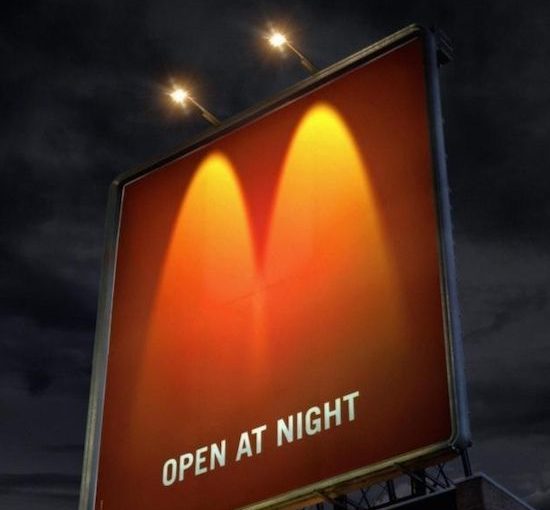Everything Started With Radio
Radio was originally developed as a way for companies to sell radio. But when agencies found that many households listened to their radio waves a considerable amount of time each day, they began to explore this medium as a way to get their message across to the crowd. If one needs to select one event that began at the time of the radio station, it would probably be the radio station that was sent by WEAF station in New York City on 28 August 1922. This was a ten-minute advertisement for residential suburbs. During Christmas this year, some of the major New York merchandise products took preliminary figures and were showing ads for their stores.
By the end of the 20th century, the broadcasting ads had been superb in a magnificent way. It was now dominated by agencies that took control of plans by purchasing available flight times and selling it to their customers. They also handled creative elements of advertisements and applications, and even even created all the series that were designed to sell one product or another. These efforts prevented the TV ads from starting a few decades.
Real Time to Realize until 1948 as it took so much time for the United States to recover from depression and world war. At that time, a number of television servers gained critical mass that was necessary to look at the medium that could reach the crowd. Since television was a totally new phenomenon – ie. To offer both audio and video, the ad agency moved gently into this forum, as they were not sure which methods would work best to present their customers products on the TV. In other words, should it be treated as broadcast ads but with cast images or must a completely new approach to effectively capture the TV shows?
After research and many surveys of advertising centers decided that the most effective way to reach a strong message to consumers was by creating shows that contained only one product or line of products from one company. From this concept, typical TV shows from 1950 featured such titles as Kraft Television Theater, Colgate Comedy Hour and Coke Time. As per the radio, these TV shows were produced by agencies for their customers rather than studios like ordinary work.
This exercise worked very well for customers for a while. But since the TV gained more popularity and more were watching TV, the television network increased the cost of doing business (ie more eyeballs = more dollars to cover them all) and this pressure at the expense of producing Television production (as well as rising costs for creating new content) forced a significant change in the relationship of all parties: agencies, customers / sponsors and television stations. A solution had to be found if this very powerful advertising product was continuing to be cost effective for sponsors.
Enter the time of the advertisement magazine competition
NBC Managing Director Sylvester L. "Pat" Weaver came up with a solution that would work and would also be very good for the networks. He introduced the "magazine the term" television advertising. In this arrangement, sponsors would buy a break (usually 1-2 minutes) in an exhibition rather than being a sponsor for a whole show. This idea would allow various sponsors – up to four the numbers were imagined – for display. Like magazines, the networks would control the content as no advertiser would "own" a particular show.
Like all new ideas, this was originally resisted by Masison Avenue, but after a few experiments it concluded that this method would work very well for a number of packaging companies that produce branding drugs such as Procter and Gamble with such heterogeneous products like tide, crust (toothpaste) and jif (peanut butter).
In 1960, the magazine was the concept of television advertising, as it has since. Instead of relying on audience identification with certain exhibits, sponsors now distributed their message across the plan in order to reach as many consumers as possible. The ability to spread their adverts to reach a wider range of residents seemed to be very effective for sponsors. Since they were once closed for a certain time each day or every week on a particular network, they could now choose the times and networks where they wanted their message to be seen.
This development of journalist image ads is truly the birth of most modern television commercials. The only exception is infomercial that is actually throwback to the sponsored display model used in the early days of television advertising.
Source by Steven Chabotte

